Diagnostický případ
MB R-Class in Limp-home state amd MIL On

Informace o vozidle
| VIN: | WDC2511221A067500 |
| Výrobce: | Mercedes-Benz |
| Model: | R-Class |
| Rok výroby: | 2009 |
| Kód motoru: | 3,0 R320 CDI 4Matic |
| Typ motoru: | |
| Výkon (kW): | 165 kW |
| Převodovka: | Automatická |
| Palivo: | Diesel |
| Najeto: | 133 670 km |
Doposud provedeno bez úspěchu
No repairs or attempts to make a repair.Závěr
VOZIDLO JSEM NEOPRAVOVALThe cause was a leaking oil seal located between the air duct and turbocharger. This oil seal fails quite commonly and the oil from the seal is dripping directly onto the M55 module (inlet port shutoff motor). Eventually, the inside of the module gets contaminated by this oil and the module fails. The intelligent actuator module would normally detect the problem directly. But in this case, the "brain" lost its power due to the blown fuse and failed in diagnostics.
To summarize the problem, the cause of the problem was a leaking oil seal and the oil from the seal contaminated and shorted the M55 module that caused the circuit fuse to blow. The open power supply circuit disabled the M55 intelligent actuator module but also many other systems that are on the same fuse.
Obrázky, fotografie a soubory
R-Class with several DTCs in memory (7452/1)
DTC memory readout (7452/2)
The memory always contained both MAF sensors, signal circuit to the turbocharger, M55 module for intake swirl flaps, EGR valve and crankcase breather hose heater.AVL XDS 1000 - measured values in graphic form (7452/3)
During acceleration the intake air mass is not behaving logically and also the boost pressure. This recording is telling us that it has no sense to evaluate these values because something is completely wrong. Either a ground is missing or the power supply is restricted or missing completely. Both components are stored in the DTC memory. Only the flow of exhaust gasses (top right) is showing together with the correct accelerator pedal position signal (top left) a correct value.Measuring the MAF sensor (7452/4)
It was possible to select any of the components that had related DTCs stored in memory. The MAF sensor is the most accessible and thus has the quickest test results.One of the signals is going to negative values -5V! (7452/5)
From this moment it is clear that the problem is going to be in the electrical wiring. It is not possible to measure any negative voltage values on the sensor. The normal person would now start looking for a wiring diagram. Not me, as I am very lazy. Instead of looking for a few hours for wiring diagrams I will use this time and verify all the fuses and thus the power supply to all the components.This can be easily done even without a wiring diagram!
Super-quick verification of all the fuses and power supply (7452/6)
By the time you find the correct wiring diagram documentation we can have everything tested and verified. This method is not complicated and takes about two minutes.Place the multimeter ground on the vehicles chassis ground. With measuring probes tip contact (after ignition On or engine On) all fuses on both sides of the fuse. The trick is, that the measured voltage values on both sides of the fuse must be exactly to the thousandth of a volt. On the other hand, it is quite normal that there is going to be a difference in the voltage values on the individual fuses (circuits with higher load), but again the voltage values on both sides of the fuse must be identical. This accuracy is very important. Voltage values around 12 V (but with a difference of a few hundredths) are caused by a blown fuse. If the voltage values on both sides are not identical like here the fuse is defective or blown.
Now disconnect all components that have a related DTC in memory.. (7452/7)
To determine the cause of the short we should connect a bulb instead of the fuse. Now start reconnecting the previously disconnected components with the ignition On:- MAF sensor (right side)
- MAF sensor (left side)
- Boost pressure control module
- Intake swirl flap position adjustment motor
- EGR valve (left side)
- Crankcase breather hose heating element
- Air temperature sensor (left side)
- Air temperature sensor (right side)
When the bulb lights up brightly during component reconnection we know that it is the cause of the short.
Tracing faults without wiring diagrams (7452/9)
With simple wiring configuration, we install a bulb instead of a fuse. The bulb acts as a PTC thermistor (when cold it has continuity and when hot it has high resistance but it still lights up.If the circuit flows low currents the bulb is not On at all or is On very dim. The image is showing a bulb that is not On even though the following components are connected in the circuit - boost pressure control module, crankcase breather hose heater, both MAF sensors. Only the M55 intake port actuator module is not connected. After reconnecting this module the bulb immediately lights up brightly.
Real cause of the M55 inteligent actuator module defect (7452/10)
Leaking oil seal on the input side of the turbocharger...Why didn't the M55 module report any DTCs? The module had no power supply due to a short of the power supply circuit in the module.
After reconnecting the connector the bulb illuminated brightly (7452/11)
Once the connector was reconnected the bulb lights up brightly. This means if the fuse was present it would blow.Working area of the M55 module (7452/12)
The oil seal on these engines is a weak point. A new version of the oil seal has been installed. This seal should solve the problem, otherwise the new M55 module would have the same fate as the previous one at some stage.Soubory ke stažení
-
pdfDiagnostic protocol (7452/8).pdfStáhnout soubor





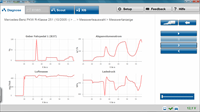
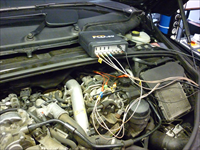
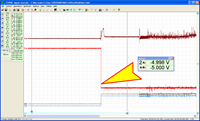
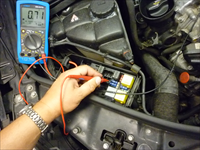

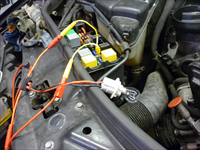

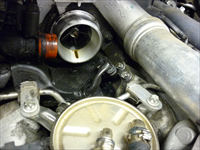
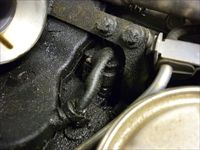


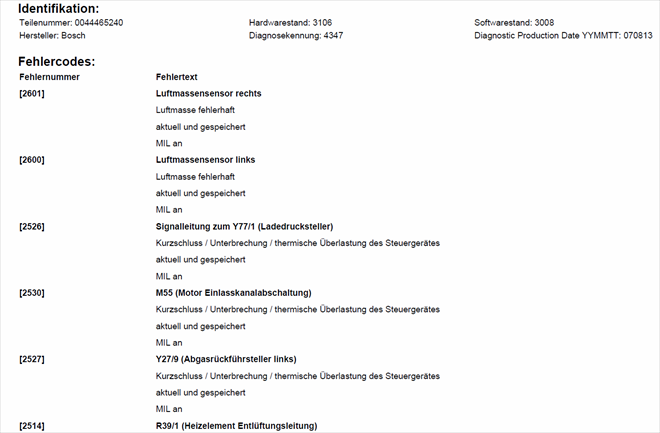
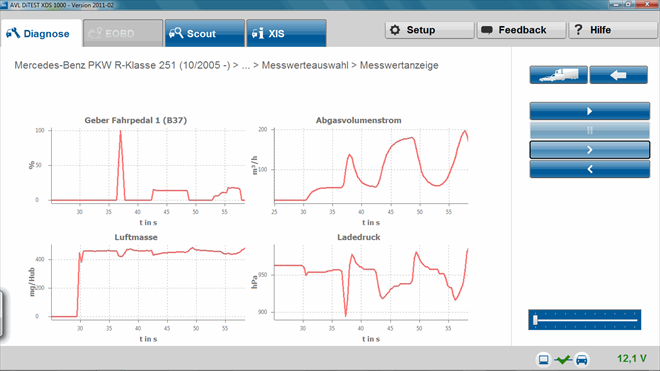
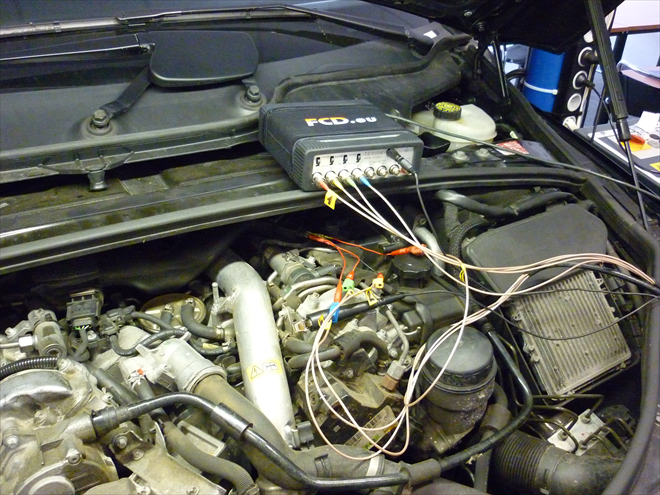
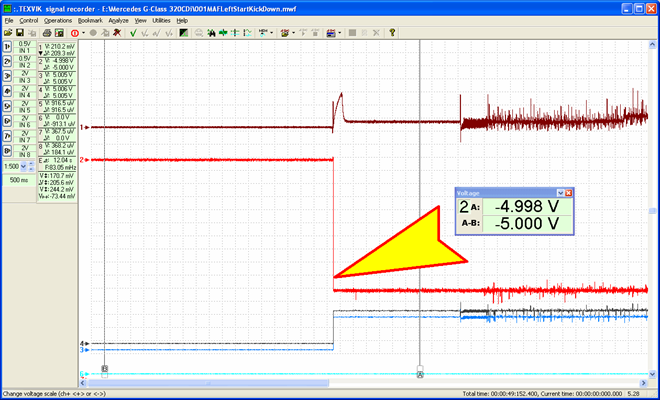
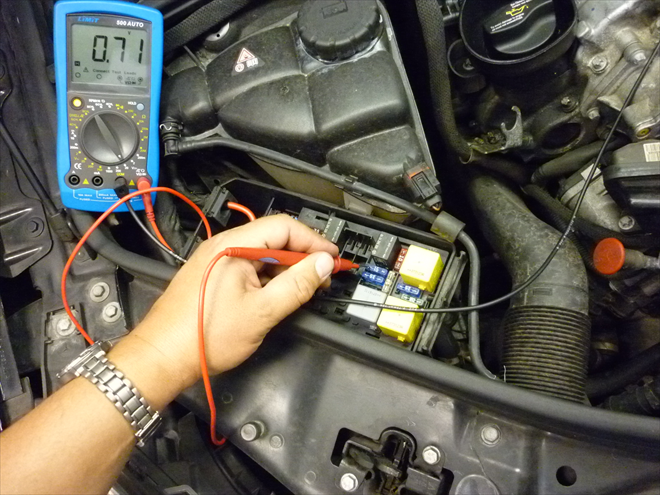
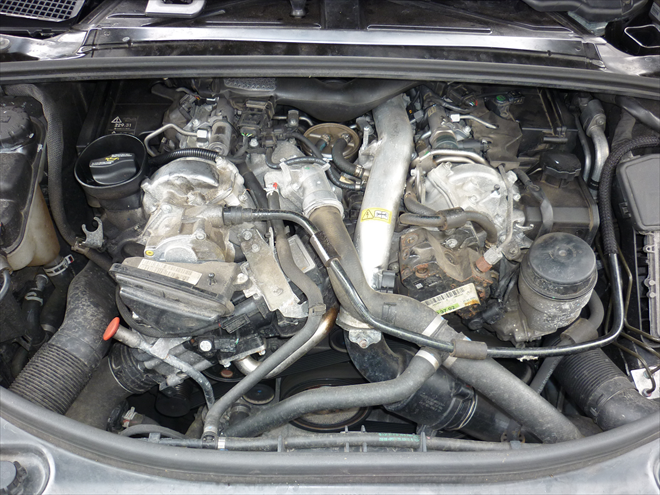
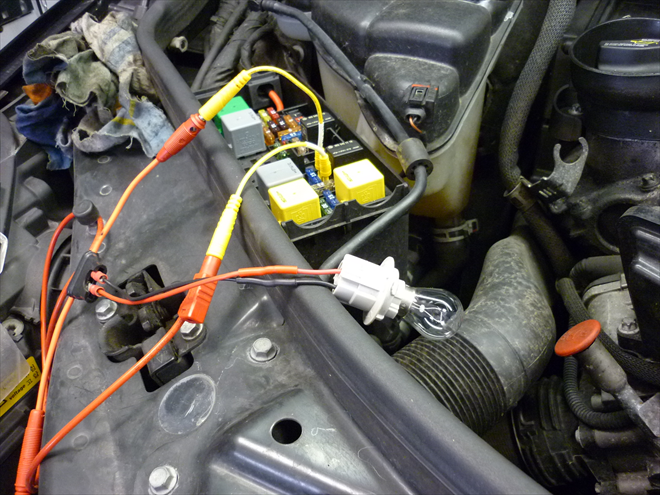

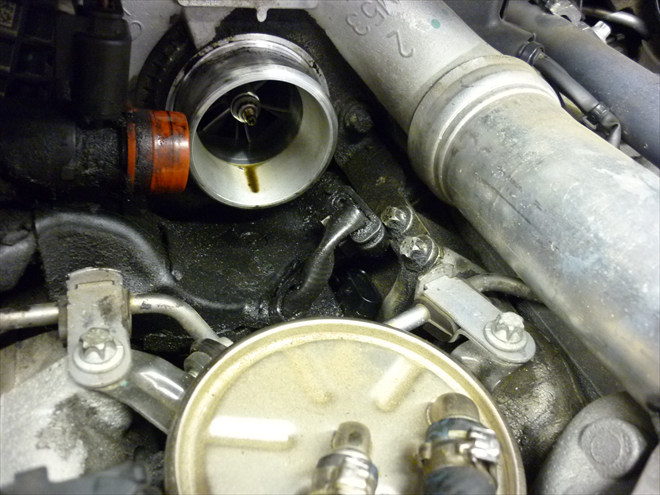
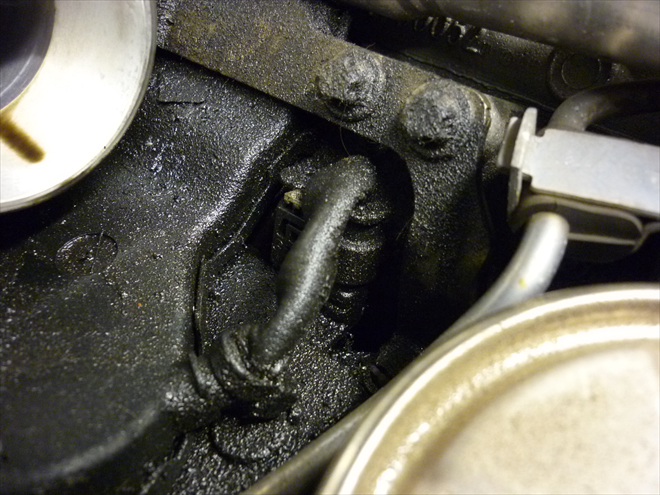
Komentáře (0)